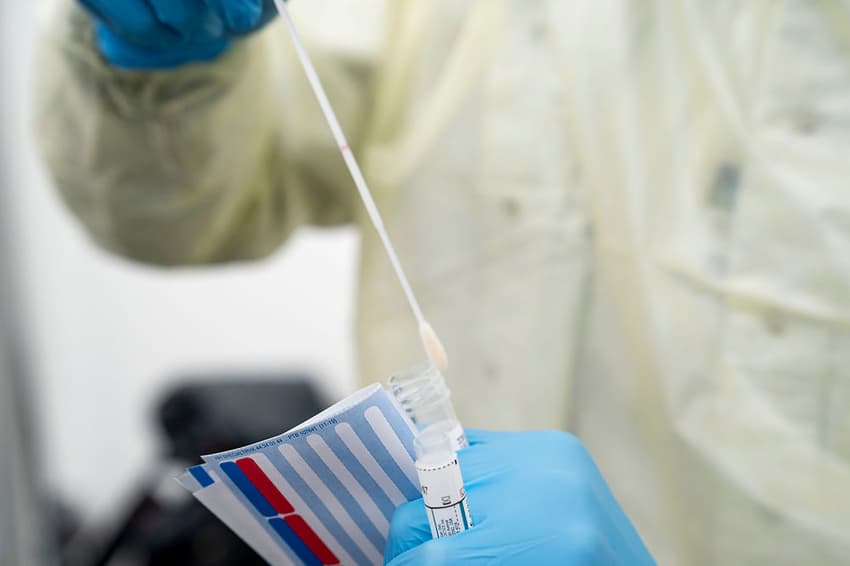What is the current status of coronavirus in Denmark?

Hospitalisations and ventilator treatment for Covid-19 are currently at a low level in Denmark, but new infections are still being detected.
A total of 18 people are currently admitted to hospital in Denmark with coronavirus, according to Monday’s updated figures from national infectious disease centre SSI. That constitutes a small reduction since Friday, when 20 were admitted.
Of the 18, 3 are currently under ICU care with two of those receiving ventilator treatment.
No new Covid-19 deaths occurred since the previous update, meaning Denmark’s total number of fatalities from the virus stands at 611.
89 new cases of coronavirus were detected in the three days since the last count was published.
That figure is relatively low but should be taken seriously, one commentator said.
“On one hand, the number of people admitted to hospitals is getting smaller and smaller... that’s very positive,” said Torben Mogensen, leader of patient charity the Danish Lung Society (Lungeforeningen).
“But the number of new positive tests since Friday is over 80, and that counts the other way. I really think that’s a lot and it’s worrying,” Mogensen said.
The 89 new cases is a relatively high figure compared with numbers from preceding weeks.
Last Monday saw a total of 91 new cases detected during the weekend, but the two weeks prior to that saw 46 and 71 new cases.
“It’s around 30 per day, and when you see how outbreaks in other countries have come from far fewer , it’s a worrying number,” he said.
The data published by SSI does not show whether cases are localised or spread across the country.
27,053 coronavirus tests were carried out in Denmark between Friday and Monday.
Comments
See Also
A total of 18 people are currently admitted to hospital in Denmark with coronavirus, according to Monday’s updated figures from national infectious disease centre SSI. That constitutes a small reduction since Friday, when 20 were admitted.
Of the 18, 3 are currently under ICU care with two of those receiving ventilator treatment.
No new Covid-19 deaths occurred since the previous update, meaning Denmark’s total number of fatalities from the virus stands at 611.
89 new cases of coronavirus were detected in the three days since the last count was published.
That figure is relatively low but should be taken seriously, one commentator said.
“On one hand, the number of people admitted to hospitals is getting smaller and smaller... that’s very positive,” said Torben Mogensen, leader of patient charity the Danish Lung Society (Lungeforeningen).
“But the number of new positive tests since Friday is over 80, and that counts the other way. I really think that’s a lot and it’s worrying,” Mogensen said.
The 89 new cases is a relatively high figure compared with numbers from preceding weeks.
Last Monday saw a total of 91 new cases detected during the weekend, but the two weeks prior to that saw 46 and 71 new cases.
“It’s around 30 per day, and when you see how outbreaks in other countries have come from far fewer , it’s a worrying number,” he said.
The data published by SSI does not show whether cases are localised or spread across the country.
27,053 coronavirus tests were carried out in Denmark between Friday and Monday.
Join the conversation in our comments section below. Share your own views and experience and if you have a question or suggestion for our journalists then email us at [email protected].
Please keep comments civil, constructive and on topic – and make sure to read our terms of use before getting involved.
Please log in here to leave a comment.